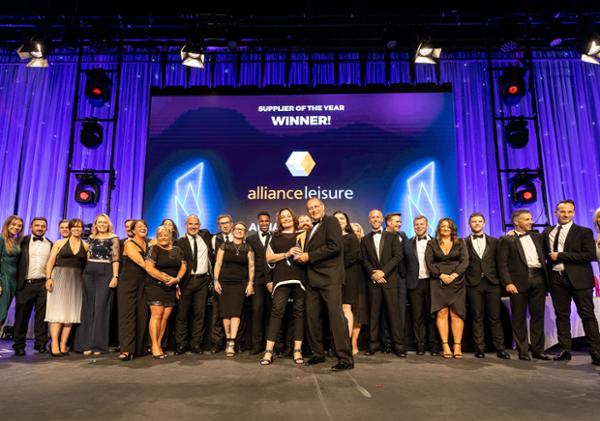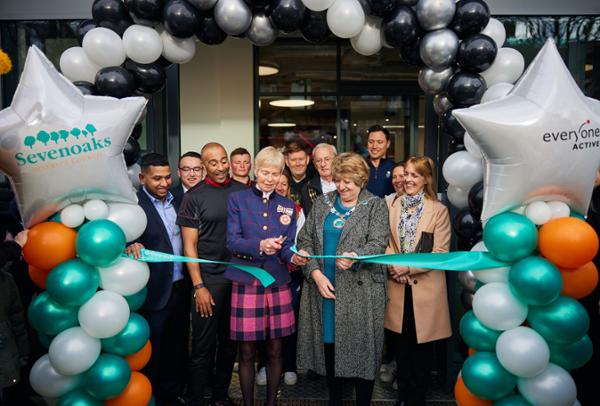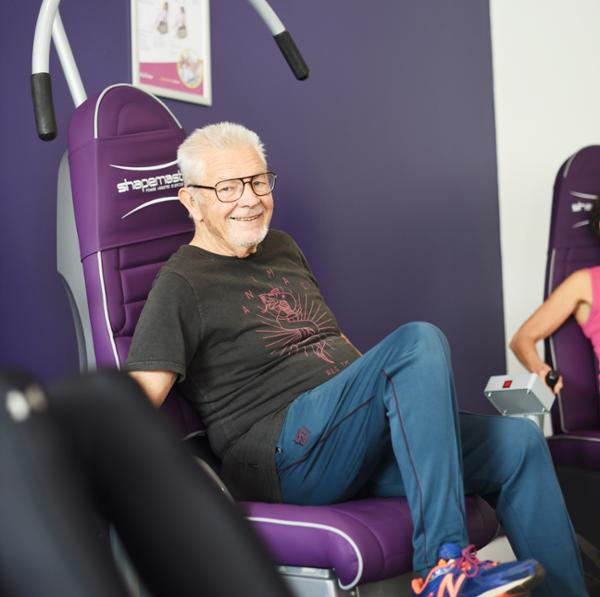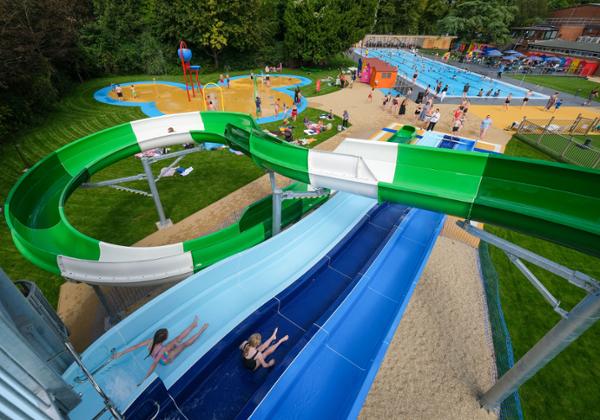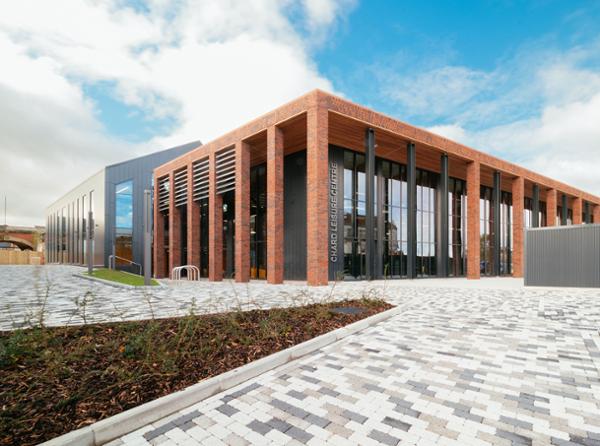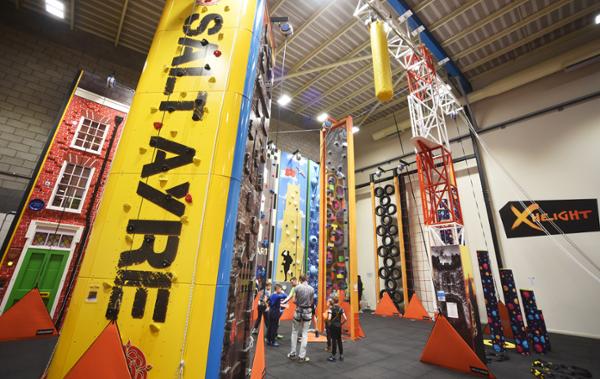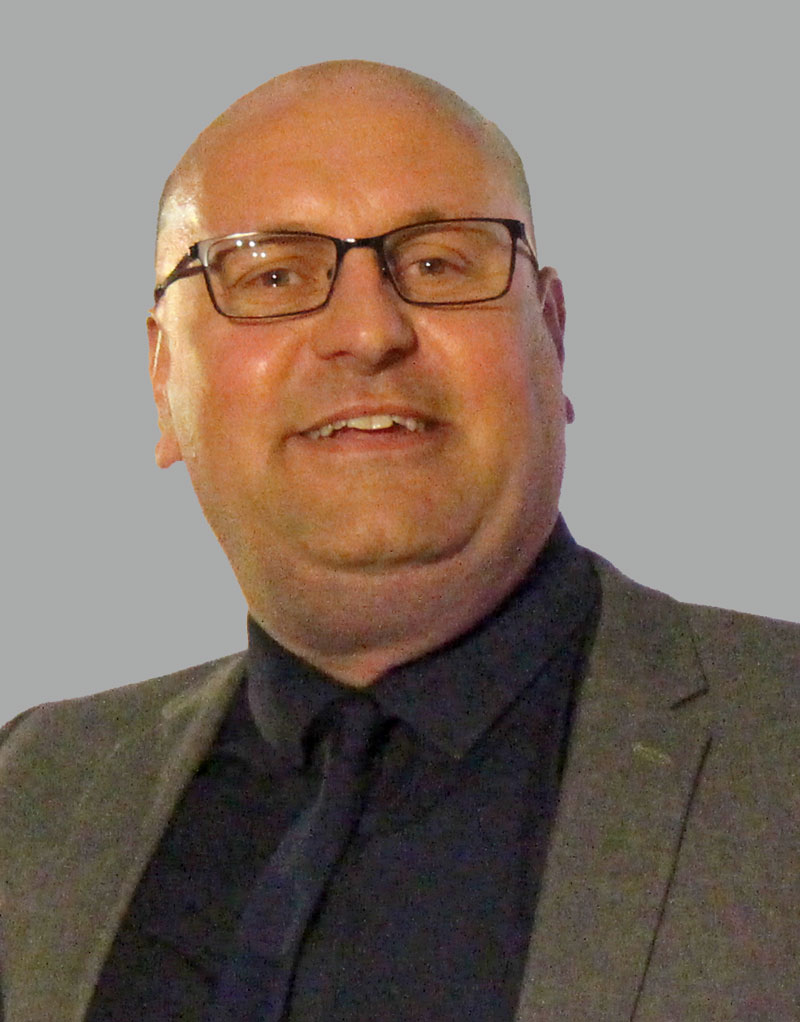features
Interview: Sarah Watts
As Alliance Leisure celebrates its 25th anniversary, its founder and CEO tells Kate Cracknell why Alliance will never build another leisure centre
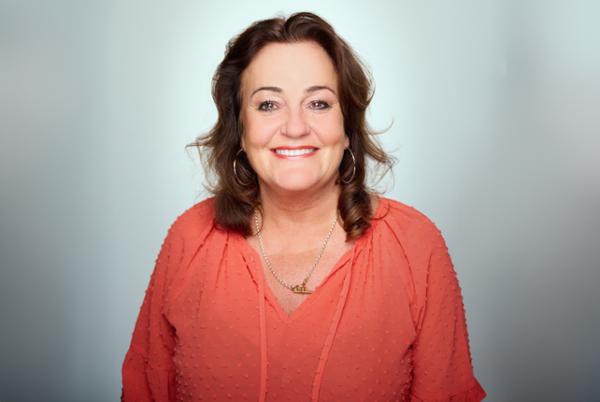
What led you to create Alliance Leisure?
I was working with Bristol City Council, looking after its leisure stock and had three children in five years. I did some consultancy work during my maternity leaves and met a chap called Peter Todd, a financier who became my business partner for the first few years of Alliance Leisure.
I was chatting to him about how challenging it was for the public sector to compete with the emerging private sector; at the time, 25 years ago, local authorities didn’t have any access to funding and even then their buildings were beginning to age.
The original proposition we took to market was finance-based: borrow £100k to turn your squash court into a gym, for example, and you’ll have to repay £2,100 a month. However, in addition to providing the funding, we’ll also drop in a support team to get you the members you need to generate enough revenue to pay back those original finance costs and create a surplus.
I went around knocking on doors, telling people about this new funding mechanism, but it was really difficult, because in the public sector, no-one wants to be the first.
But we got a lucky break. In Kingston upon Hull, the council had told its leisure department it could have £1m to develop three leisure facilities, then at the last minute – with builders already organised and the equipment on order – the money was pulled. Somebody remembered this mad woman who’d been talking about financing and I got a phone call asking if we could fund the £1m. I said yes – then put the phone down and took a deep breath! – but we managed to pull it off.
How has the business evolved?
For the first 15 years, Alliance was all about refurbishments and repurposing existing facilities. We started with squash court conversions, then mezzanines and gyms, and from there into much bigger repurposing projects, mainly with a commercial undertone – that is, looking at how to make the facilities perform better financially.
We were also still providing financing for a while. But then in 2004, the PWLB – Public Works Loan Board – devolved borrowing responsibility to local authorities and became a really cost-effective source of money for councils. There we were, a funding partner, and suddenly our clients had access to much cheaper funding than we could provide.
We had to quickly evolve, becoming a development partner. The market had never had a development partner and didn’t know it needed one. Luckily, we managed to persuade people they did.
This was a much more proactive proposition than our financing model, which had been about providing money for projects people had already decided they wanted to do. Our new development partner proposition was about working together, looking at each opportunity and creating propositions we knew would work commercially.
It was less about social outcomes at that time, more about how we could make existing spaces generate more revenue. As an example, a standard four-court sports hall would generate approximately £60k a year through badminton, volleyball and five-a-side bookings. But install a mezzanine, with 10-pin bowling underneath and fitness on top and that same space could generate £600k a year.
We were the first company to put spa, 10-pin bowling, clip and climb, high ropes and TAGactive into the public sector, taking spaces that financially didn’t quite work and driving in a new financial model.
How did things develop?
The next stage of our evolution came in 2018 with the rebrand of our support division, TA6 – a team that focuses on the branding, marketing and launch of new centres, sometimes embedding impact sales teams, as well as providing ongoing support for the operators in the shape of training, mentoring, mystery shops and so on.
It’s also TA6 that does the SWOT analyses, demographic profiling and competitor audits for new projects while also supporting the initial community consultations and then letting the community know what’s coming.
Alliance is uniquely positioned in the market as a development partner, so we have to bring huge added value into our proposition. We have to give councils really strong reasons not to solely use a construction company to build the facilities themselves, so we hold their hand from the moment they have the first germ of an idea, through to cutting the ribbon in the opening ceremony – and beyond if required, providing embedded, ongoing support over subsequent years.
It’s really important to us that when we build something, it works. There’s a fairly limited pool of people we can sell to, so we have to build facilities that are relevant, we have to properly support the operators and we have to deliver on our promises.
We do all of that, which is why Alliance is still going strong 25 years on, with really high NPS scores and a massive level of repeat business.
We rarely fund projects now, though. Most facilities are funded either using ‘free money’ – Levelling Up or Towns Fund funding, for example, which we’re doing a lot of – or by councils borrowing money.
You also do new-builds now. Tell us more about that
Yes, and doing new-builds has been transformational for Alliance. Our average deal size used to be around £1m, then £2m. Now we’re looking at projects in excess of £40m.
Today, Alliance repurposes, remodels and develops new wellness facilities that meet social needs and objectives, are relevant and accessible to a much wider community than the old sports centre proposition and that have a commercial foundation, so they’re sustainable.
And we don’t just build things now. We also advise on everything from the security of the car parking to the signage around the building, from the spa treatment menu and products to the café menu, what’s needed to service that menu, number of covers and what the gross profit will look like.
We’re not operators ourselves, but we create a manual for the operation of the facilities we build.
Tell us more about your growth.
In 25 years, we’ve completed over 230+ developments with an investment value of £340m. But in the last eight years, our turnover has gone from £7m to £90m and we’re on a trajectory towards £150m.
We currently have £500m of projects in various RIBA stages, from early feasibility studies through to construction. That’s about 80 projects.
I always say we’re a 25-year overnight success story. Everyone keeps telling us we’re everywhere now, but it’s taken 25 years to get that level of traction.
The big game-changer was the UK Leisure Framework – owned and managed by Denbighshire Leisure – which enables any local authority in the UK to work with Alliance without going through a competitive procurement process. This can often take six months off the lead-in time to a project, which can help mitigate inflation.
Developments include city-wide transformation plans like those with Durham and North Yorkshire councils. In Durham, we’ve repurposed four facilities and are approaching delivery of the first new build, with potentially two more coming later. This all forms part of a £100m+ programme that will transform the region, with multiple facilities for the community.
Then there’s the UK’s Levelling Up legislation, which has been a massive opportunity for us. A lot of Levelling Up has community wellness and health facilities at the heart of the bids, and we’ve delivered a fair few of those. One project we’re looking at at the moment is worth over £45m.
What have been your most memorable projects?
Pendle Wavelengths was one of my absolute favourites: the most beautiful spa which we built in one of the poorest areas of the UK. It really shouldn’t have worked and people said we were mad building it, but it did work and has continued to thrive.
Salt Ayre Leisure Centre in Lancaster is another memorable one. The site was losing £800k a year, but with an investment of £5m we managed to get it to break-even, which meant it was forever protected. We added about 10 different revenue streams and put the café at the heart of the building, making it a real community-focused facility.
King George’s in Brentwood I really liked, too. We brought in splash pads and built a really lovely pavilion with TAGactive, a sensory room and great play facilities. That’s been a big success.
And then it would have to be our first big new-build, which was with Sevenoaks District Council in Kent. That project really made me reflect on our journey, from humble beginnings working from my bedroom, with three small children and no real business plan, doing small squash court conversions – our first project had a budget of £68k – to now building this fantastic, innovative, £20m community facility.
What role do you play in shaping each development?
We’re quite influential, I think, because we work across the whole of the UK and can see what works and what doesn’t. We’ve identified what ‘good’ looks like.
We’re also very involved at the initial consultation stage. We do a lot of work with non-users – they’re the people we actually need to drive into our centres – and with strategic partners, such as health organisations, active ageing charities and so on. We conduct proper research to make sure what we’re putting on the table truly delivers what the community needs and appeals to a wider proportion of the population.
In our consultations, we focus less on what facilities people think they want and more on outcomes. Do people want to be active as families? Do we need to address loneliness, particularly among older adults, by creating spaces where you can talk with like-minded people?
Once we’ve established the desired outcomes, we design a facility mix that delivers on that agenda. Because what you build has to be relevant, and in the past, arguably a lot of what’s been built in our sector hasn’t been relevant – at least not to the wider population. Good quality public sector facilities have a massive part to play in the health of the nation and quality of life outcomes, but this has to be integral from the start of the design process.
So, what’s the opportunity now?
The landscape is really changing. We still need enough commerciality in what we build to protect it, but the two big drivers now are carbon reduction and delivering on the health and wellness agenda.
We all know how big an issue the nation’s health is: more than 7 million people on NHS waiting lists, high levels of obesity, diabetes, musculoskeletal issues, an ageing population living longer but in poor health.
Our sector is starting to better deliver on some of these challenges, pivoting away from leisure to align with wellness and the health agenda. And it’s coming from the top: from government, from UK Active bringing in Mike Farrar as chair with his healthcare background, from Sport England debating whether it should even be called Sport England. There’s starting to be much better strategic alignment.
What this means in practice is that I don’t think Alliance will ever build another leisure centre. I think we’ll now only build active living centres and wellness centres.
What will these new centres look like?
Historically, we’ve already had co-location: a doctor’s surgery here, a library there, a gym over there. All in the same building, but not really linked.
Better than that is integration, where thought goes into how the different services interact to really live and breathe wellness. If there’s a café, for example, it needs to offer good nutrition, as well as guidance and education. Physio can be delivered in the pool. There are GP and hospital outpatient services, maybe even a Citizens’ Advice bureau.
Budgets mean this won’t happen in every centre we build – although there is a swing towards this model – but with the ticking time bomb we’re facing, honestly, it’s pretty much now or never. We either sort it out or we might as well pack our bags.
So far our sector has only really built better facilities for people who already use them. What we need to do now is genuinely build facilities for people who don’t currently use them. That’s why we’re so focused on speaking to non-users and strategic partners in our consultations.
It’s also why I’ve set up a ‘health supergroup’ of talented, like-minded people such as Lisa Taylor and Harry MacMillan from Momenta, Andy King who’s spearheaded GM Active’s cancer prehab programme, Warren Smyth from Abbeycroft Leisure, Mark Tweedie from Brimhams Active and EuropeActive’s Dave Stalker. Together, we’re going to look at how best to embed health-related programming – programmes related to obesity or diabetes prevention, for example – not only in facilities Alliance is building, but across the sector as a whole.
In other words, when you build a wellness centre, what do you do at the end that makes it a wellness facility rather than a leisure centre with a different name? This project is in its infancy, and it will move us into a more operational field, but it’s my priority for 2024.
You also mentioned carbon reduction?
Leisure centres are massive users of energy, but all councils have signed up to Climate Emergency and have pledged to be carbon neutral by 2030.
What that really means is still unclear – does it mean in construction, in operation, in the whole lifecycle of the building including the end of its life? Do we also need to factor in people’s travel to the facility, meaning we must choose more expensive central locations?
I don’t want to call carbon neutral a soundbite, but it is something people don’t really understand yet.
We are, however, working hard to reduce carbon in our developments and our new builds have it at the heart of their design. We use air source heat pumps, ground source heat pumps, solar power and we’re investigating the use of small wind farms on top of some of our coastal facilities.
Even more importantly, it’s how we physically construct our new buildings: airtightness, the fabric we use, how we elevate and orientate a building to make best use of the sun rising and the light.
We’ve also delivered around 20 Salix-funded decarbonisation projects, which normally involve retrofitting to make existing buildings more carbon-friendly. That’s much harder than being carbon-friendly in a new build!
What’s your view of councils taking leisure back in-house?
It’s called insourcing, and I actually believe it shows the councils are serious about it. When you outsource a service, it becomes something that might or might not make a bit of money. But when you run it yourself, it’s part of the fabric of what you want to provide as a council.
A lot of the London boroughs are doing it, and I believe it’s to better integrate leisure into health and wellbeing and the strategic direction of the council. I think they’re beginning to move away from seeing leisure as a cost to instead see it as a value, with wellness facilities part of a much wider strategic objective.
But of course, step away from your management operating partner and all of a sudden, you have no website, no staff training, no uniforms… TA6 has therefore been brought in to help with a lot of the big insourcing projects.
What changes would you like to see in the sector?
I’d like to see a rebrand of leisure to wellness, and I’d like to see it become a statutory service, with an obligation on the public sector to provide facilities for communities to be fit and active.
I’d also like to see a continuation of better integration into the health agenda, and I think the move towards insourcing is very interesting in this respect.
Funding will come into play, of course, with many councils facing real budgetary pressures. However, there is sometimes an economic argument for building a new facility, even if you have no money, because ageing leisure buildings carry high maintenance costs and are non carbon-efficient. If you have inefficient stock, building something more relevant could actually cost you less.
Paul Cluett [MD at Alliance Leisure] and I talk about this a lot, because on paper – in a challenged market, with councils in financial difficulty – we shouldn’t be as incredibly busy as we are. But we’re getting inquiries every week. And that’s because a lot of what we do makes facilities more effective or more relevant.
If we had a product that only works if people have lots of money, we’d be out of business by now.
What’s next for Alliance?
Twenty-five years after starting Alliance Leisure, I have an amazing team of some of the best people in the industry, as well as the absolute joy of longevity as people tend not to leave. Investors in People found that 100 per cent of the team had 100 per cent confidence in Alliance’s leadership, which the assessors said they’d never seen before.
Alliance is like my fourth child, but I turn 60 in 2024. I don’t like to talk about succession planning, but we are upskilling the team and elevating our development board: Tom Fairey, Paul Woodford, James Foley, John Leaver, Jonny Curley. They will help drive the business forward.
Whether I’m at the helm or not is I think almost immaterial now for Alliance as a business, as it has such a strong identity and an amazing team. However, it’s really important to me that it continues to grow and prosper, as we still have a lot to do!
